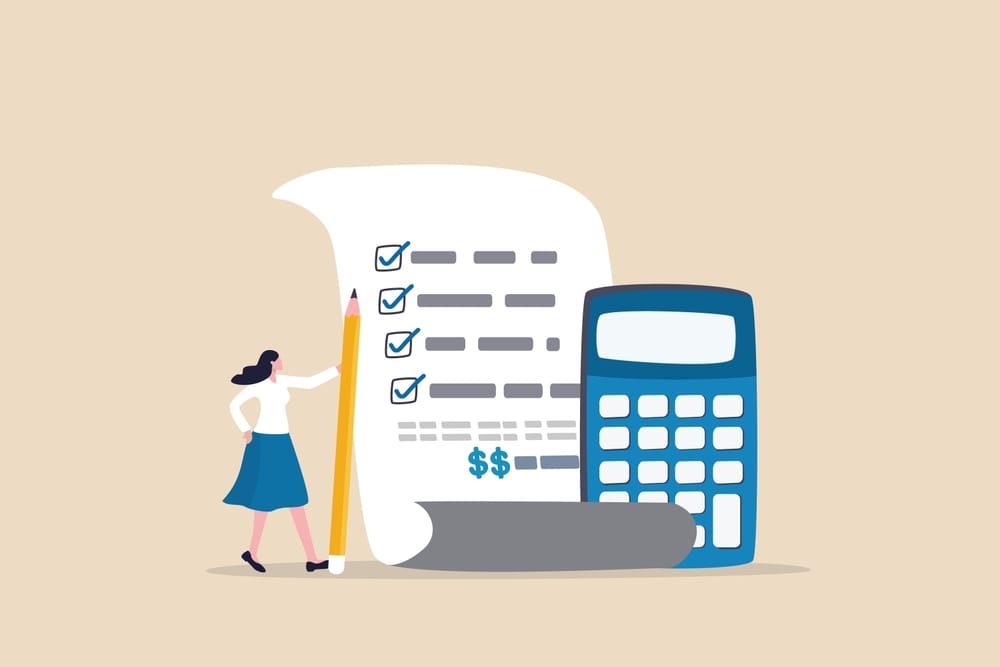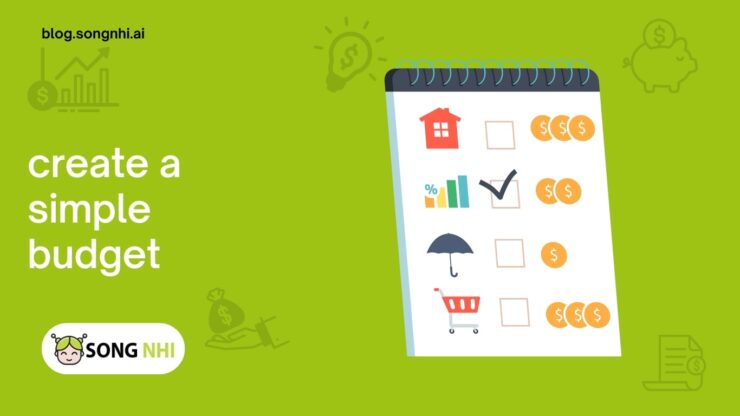Creating a budget is the cornerstone of financial management, providing a roadmap for achieving your financial goals and maintaining control over your money. By following a few simple steps, you can develop a budget that empowers you to make informed financial decisions and achieve financial stability. Let’s explore the five steps to create a simple budget:
1. Assess Your Income and Expenses
Start by gathering information about your monthly income and expenses. Calculate your total monthly income, including wages, salaries, bonuses, and any other sources of income.
Next, track your expenses over the past few months to identify your spending patterns accurately. Categorize your expenses into fixed (such as rent, utilities, and insurance) and variable (such as groceries, dining out, and entertainment) categories to gain insight into where your money is going.
2. Set Financial Goals
Define your financial goals to provide direction and motivation for your budgeting efforts. Whether it’s paying off debt, saving for a vacation, or building an emergency fund, establishing clear goals helps prioritize your spending and focus your financial resources. Set both short-term and long-term goals, and make sure they are specific, measurable, achievable, relevant, and time-bound (SMART).
3. Create a Budget Plan
Based on your income, expenses, and financial goals, create a budget plan that outlines how you’ll allocate your money each month.

Start by allocating funds to cover essential expenses such as housing, utilities, transportation, and groceries. Then, allocate a portion of your income towards savings goals, debt repayment, and discretionary spending. Be realistic and flexible when setting budget categories and amounts, and leave room for unexpected expenses or adjustments as needed.
4. Track Your Spending
Once you’ve created your budget plan, track your spending regularly to ensure you’re staying within your budgeted amounts and making progress towards your financial goals. Use a budgeting tool or app to record your expenses and monitor your spending in real-time.
Review your budget regularly and make adjustments as needed to align your spending with your priorities and goals. Tracking your spending helps identify areas where you can cut costs or reallocate funds to achieve a more balanced financial plan.
5. Review and Adjust Your Budget
Periodically review your budget to assess your progress towards your financial goals and make any necessary adjustments. Life circumstances and financial priorities may change over time, so it’s essential to adapt your budget accordingly.

Review your budget at least once a month to evaluate your spending, track your progress, and identify opportunities for improvement. Celebrate your successes and learn from any challenges to refine your budgeting skills and achieve greater financial success over time.
Related articles:
- 5 Main Areas of Financial Planning
- The Five Basic Elements of A Budget
- 10 Reasons Why Financial Planning Is Important
Conclusion
By following these five steps to create a simple budget, you can take control of your finances, reduce stress, and work towards achieving your financial goals. Remember that budgeting is a dynamic process that requires ongoing attention and effort, but the rewards of financial stability and security make it well worth the investment.

















